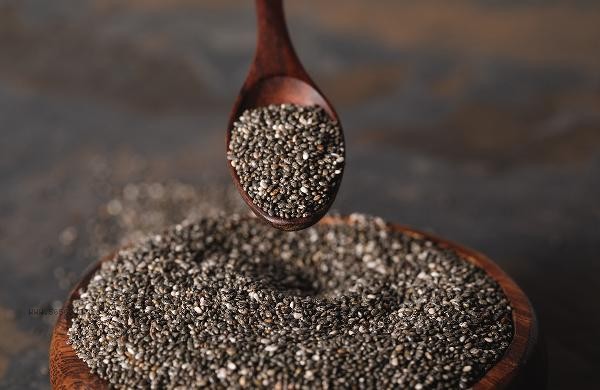The shelf life of dried seaweed is generally 12-18 months, which is affected by factors such as packaging method, storage environment, processing technology, use of additives, and post-treatment after opening.

1. Packaging Method
Vacuum packed dried seaweed can have a shelf life of over 18 months due to its isolation from oxygen and moisture. Dried seaweed packaged in ordinary plastic bags is prone to moisture and oxidation, and the shelf life is usually around 12 months. Aluminum foil composite packaging can effectively block light and air, with a shelf life between the two.
2. Storage Environment
Unopened dried seaweed should be placed in a cool and dry place, away from direct sunlight. Temperatures exceeding 25 degrees will accelerate oil oxidation, while humidity exceeding 60% can easily lead to mold growth. refrigeration in a refrigerator can extend the shelf life, but it is important to seal and prevent moisture.
3. Processing Technology
Dried seaweed baked at high temperatures has lower moisture content and lower risk of microbial growth. Processed products with added salt or preservatives have a relatively longer shelf life. Organic or additive free dried seaweed requires stricter storage conditions.

4. Additive use
Dried seaweed containing food grade antioxidants can delay oil rancidity. Adding deoxidizers to some products can maintain color and flavor. Natural seaweed polysaccharides have antibacterial effects and can assist in prolonging storage time.
5. After opening
It is recommended to use the dried seaweed within one month after opening, and seal it immediately after each use. Sealed cans can be used in conjunction with food desiccants for storage, avoiding direct contact with hands. If there is yellowing, oil stains or odor, it should be discarded immediately.

It is recommended to choose products from reputable manufacturers and check the production date when purchasing. After opening, pay attention to observing changes in color and odor. The large packaging can be divided into small portions and frozen for storage. When using, take an appropriate amount and warm it back to room temperature. Dried seaweed is rich in iodine and dietary fiber, but it can produce harmful substances after spoilage. Regular quality checks should be conducted during storage. Pairing sealed containers with desiccants can better maintain a crispy texture and prevent nutrient loss.








Comments (0)
Leave a Comment
No comments yet
Be the first to share your thoughts!